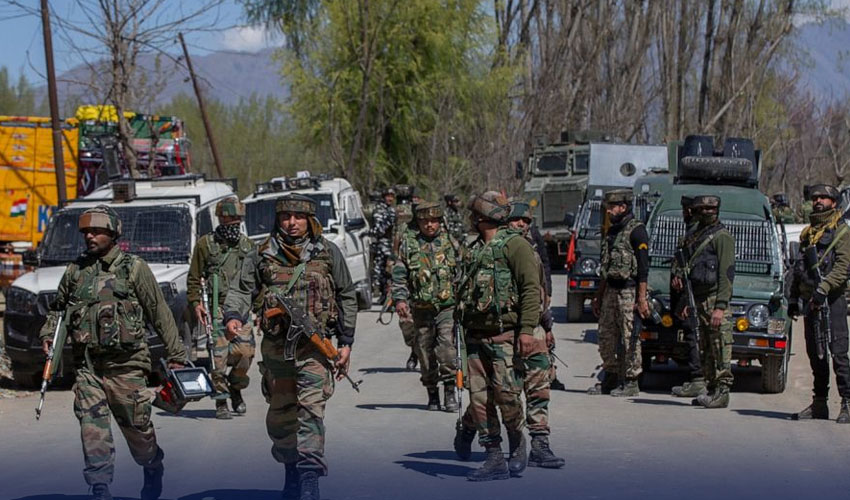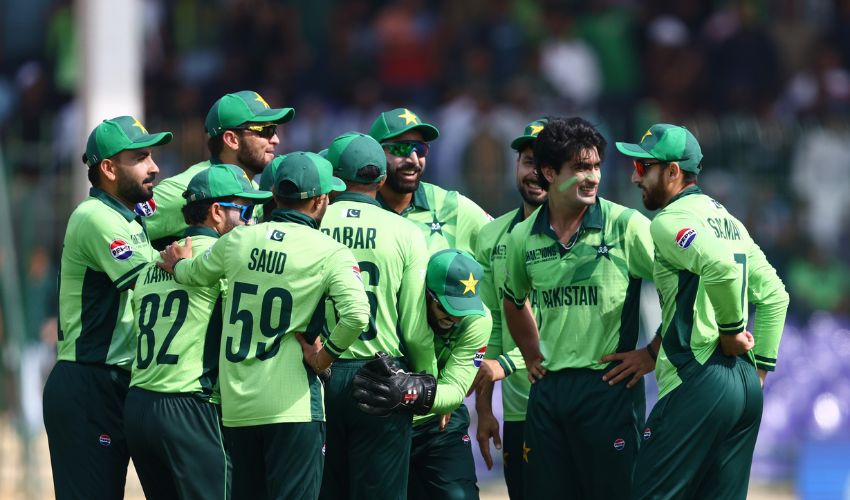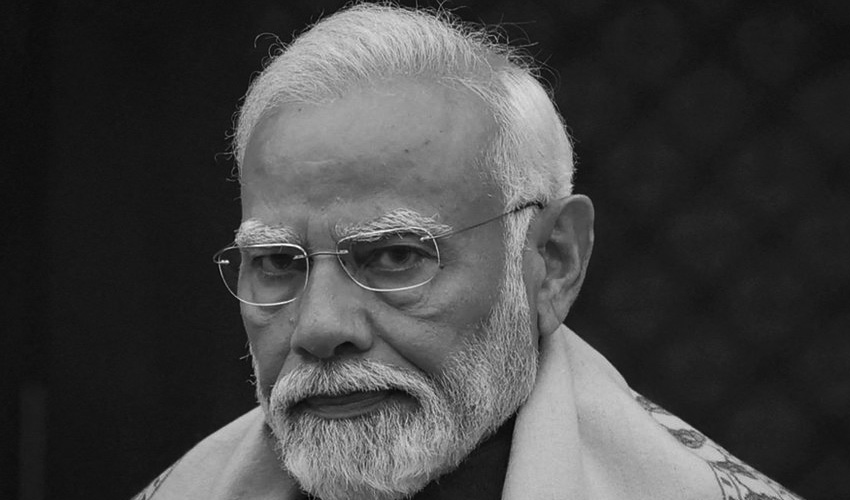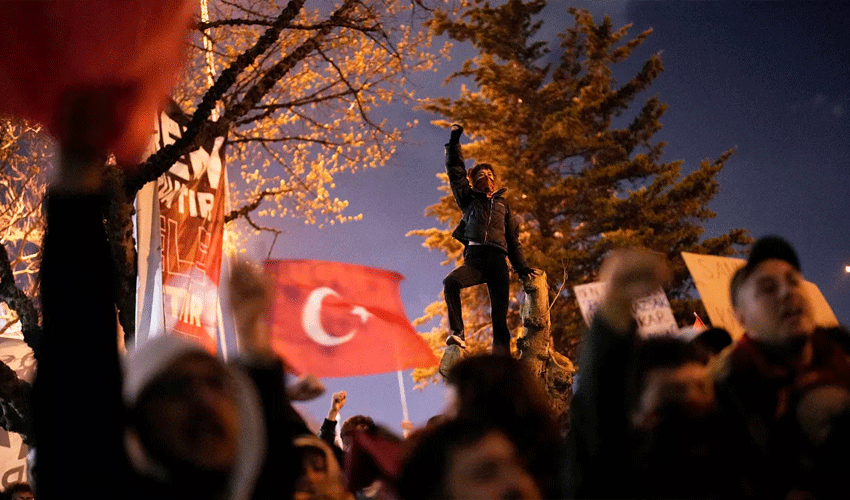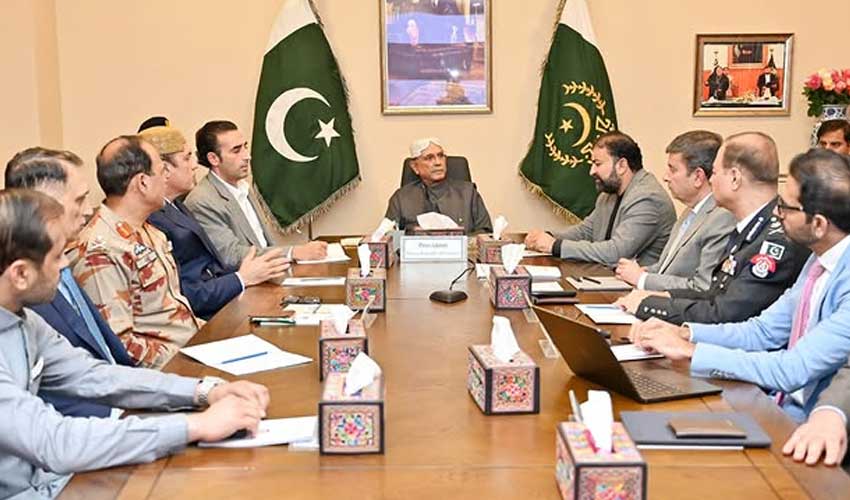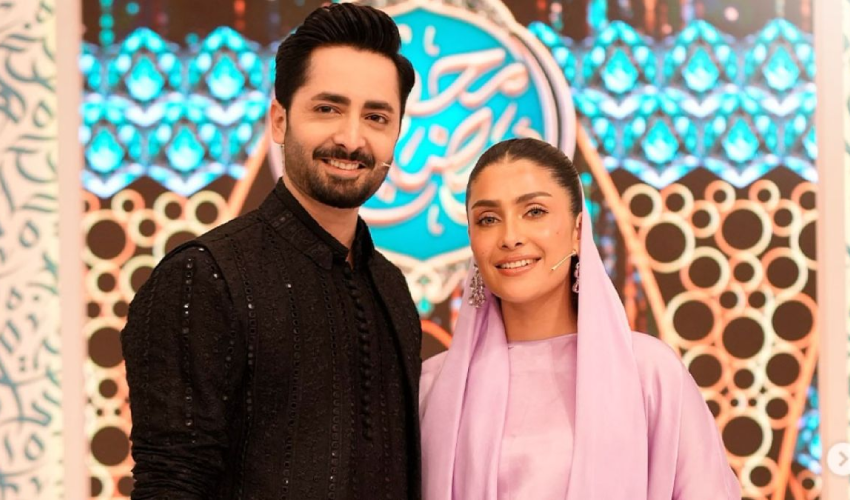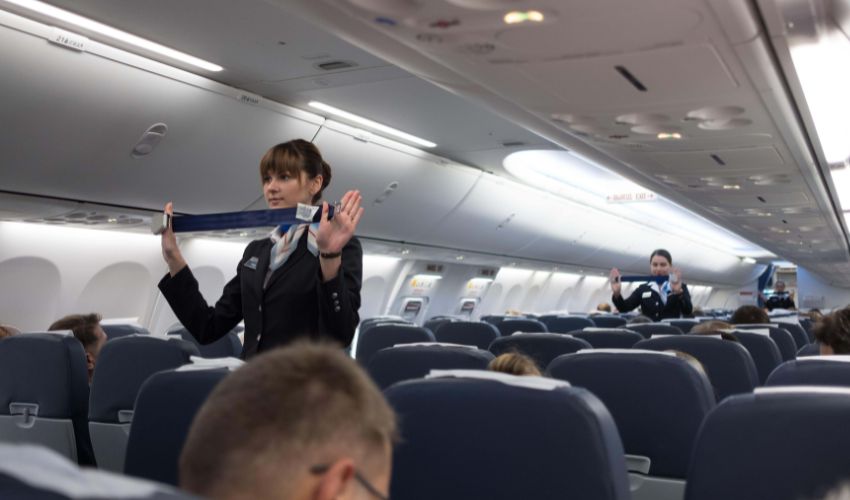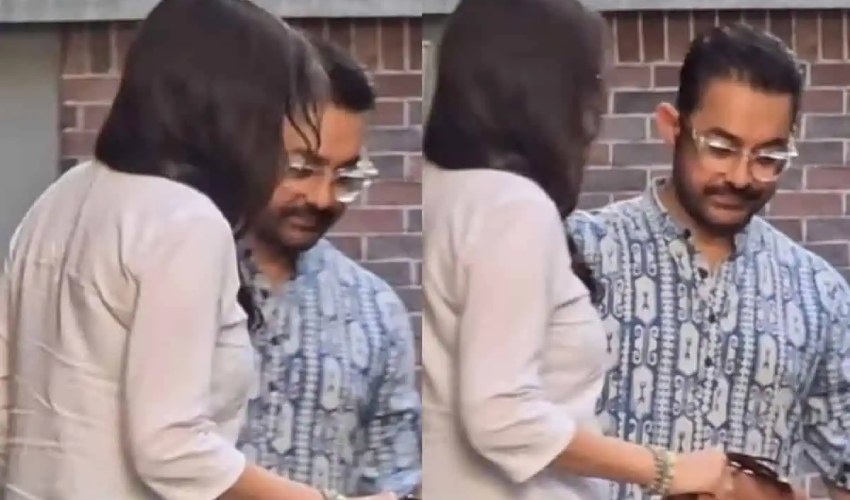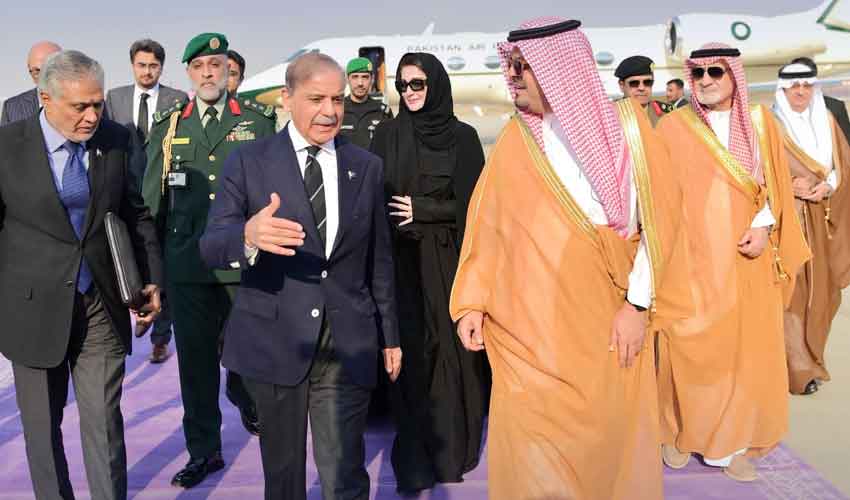Despite grappling with significant challenges such as corruption, rising suicides, and ethical issues, the Indian Armed Forces are increasingly facing disgrace due to internal rivalries, a lack of joint operations, and questionable leadership appointments.
Concerns regarding the military's professional competence have intensified, particularly in light of its role in U.S. strategies against China. India's military doctrine has remained ground-centric, often neglecting the need for joint operational planning—flaws that were glaringly evident during the wars with China and Pakistan in 1962 and 1965.
Initially reliant on Soviet hardware and training, the Indian Army transitioned to Western systems following the dissolution of the Soviet Union. However, geographical divisions within the army, notably in regions like Uttarakhand and Nagpur, have fostered internal strife among military and political leaders.
These divisions affect military officers’ relationships with local political leaders and often lead to a search for personal advantages, such as promotions to senior positions and coveted postings.
Graduates from military training institutions, particularly from Sainik Schools, dominate appointments within the armed forces. This has created a culture of favoritism, where senior leadership often prioritizes their alumni over other qualified officers, raising serious questions about professionalism and fairness in the military.
A stark division exists among senior officers, where those with experience in counter-terrorism (CT) operations—often referred to as CT generals—are favored for promotions and critical assignments. This bias is evident in recent appointments of the Chief of Defense Staff (CDS) and Chief of Army Staff (COAS), which suggest a systematic preference for CT generals, despite concerns over their operational understanding and military strategy.
The operational delays and significant casualties during the Kargil conflict in 1999, which stemmed from disputes between the Indian Army and Air Force regarding helicopter operations, underscore these ongoing challenges. Additionally, the 2012 confrontation involving AH-64D Apache helicopters highlighted the contention over ownership and operational control between services.
In response to China's assertiveness and U.S. dependence on India, there has been a push to enhance military capabilities, with ambitious procurement plans like the 2005 announcement for 126 Multi-Role Combat Aircraft (MMRCA). However, inter-service rivalries, including the pressure to establish a new strike corps without the integration of the Indian Air Force (IAF), have resulted in bureaucratic delays.
The 2010 espionage case involving Indian diplomat Madhuri Gupta brought to light the internal conflicts between the Intelligence Bureau (IB) and the Research and Analysis Wing (R&AW). Gupta's case not only exposed issues within espionage matters but also highlighted the internal power struggles affecting India's intelligence agencies.
Under Prime Minister Narendra Modi's leadership, there has been an effort to address the inefficiencies of the previous 17 single-service commands and to realign the military structure according to successful international models. However, the influence of internal conflicts and political dynamics remains a significant challenge for the Indian Armed Forces moving forward.





